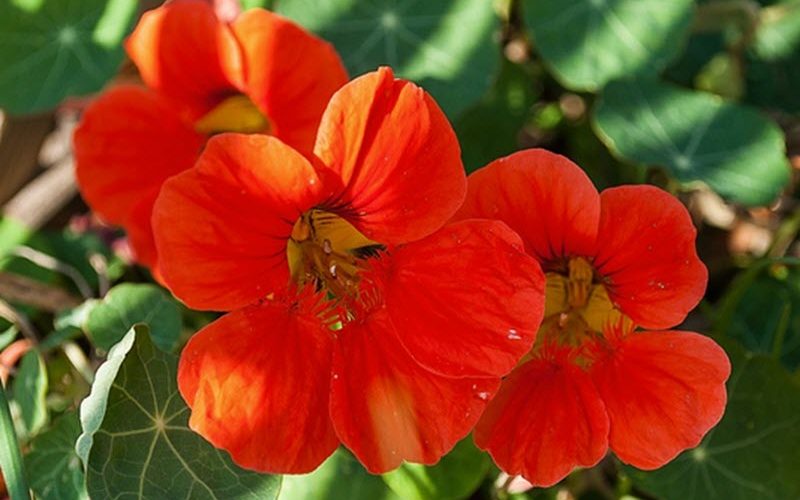Watercress is the more commonly known name for Nasturtium, an aquatic plant in the mustard family regarded for its flavor. This is not to be confused with the popular flower by the same name. Native to Europe and Asia, Nasturtium is a plant with hollow stems and small white and green flowers.
It has been consumed for centuries by human beings and now is largely hydroponically cultivated for consumption, barely meeting the worldwide demand. This is due to its delicate nature and short shelf and storage life, post purchase. But not to fear, you can find it available for cooking and planting in most groceries, specialty groceries and farmer’s markets.
Benefits of Nasturtium
Exceptionally high in vitamin k, nasturtium packs a punch when compared to a lot of herbs and vegetables. It is very high in vitamins c, b and a. It is packed with minerals and nutrients that you need to fight cancer.
Cruciferous vegetables like bok choy, broccoli, collard greens, kale, radish and cauliflower are what doctors recommend you consume for their cancer fighting qualities. Well, have no fear because per serving nasturtium is one of the top cruciferous vegetables to consume when it comes to its cancer fighting benefits. Not too shabby for a plant that is ninety five percent water!
The juice of nasturtium is used in some parts of the world for home remedies like blood cleansing, preventing scurvy and even as a diuretic. Some people swear by its effectiveness as an aid with stomach upset.
How to Grow Nasturtium
Nasturtium needs a cool area and climate to grow. It needs sun but not directly. It thrives with growing conditions similar to its native habitat of water. If you choose to grow it in the ground, it is imperative that the soil remain very wet. If you would like, you may grow it in a bucket or some container like a water feature in your garden, free from weeds.
Troubleshooting Nasturtium
Upon blossoming, nasturtium becomes bitter, so the foliage must be eaten rather quickly to avoid this. It is a quickly growing plant, prone to spoilage quickly. It can be stored for only a short period of time after picking.
If you love snails, then nasturtium will provide oodles of them! Just pick them off when spotted to help the plant continue to grow. Spider mites and whiteflies love nasturtium so just wash the plants with soapy water to keep them away.
This delicate plant is an aquatic wonder full of opportunity for cooking and protecting your body.

